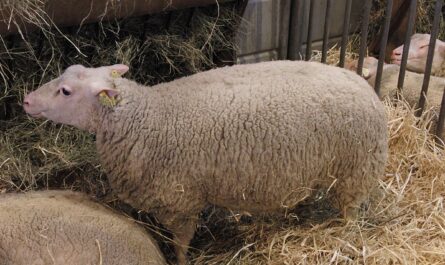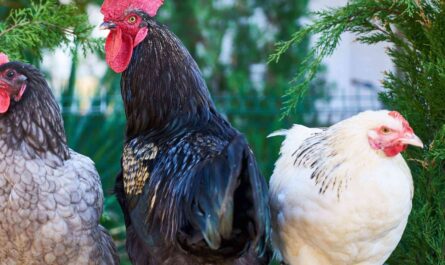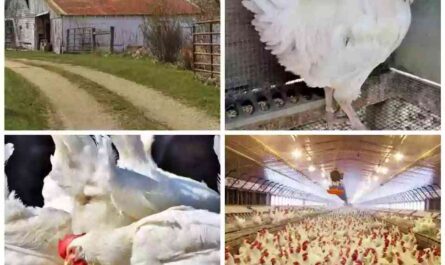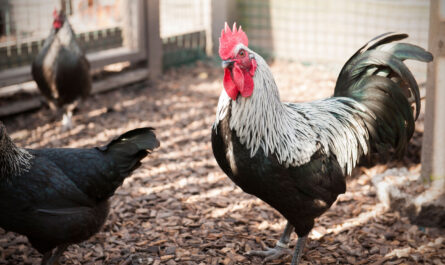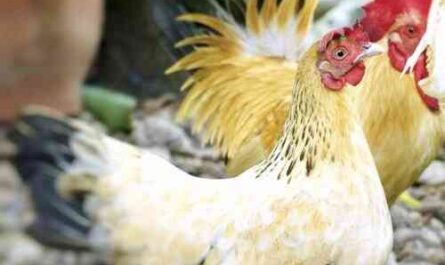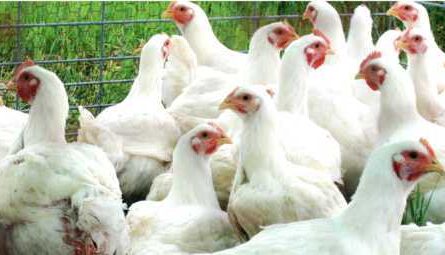Laying hens generally need 14 to 16 hours of light for best egg production. Lighting is very important for laying hens, whether you are raising a few chicks in your own backyard or raising a large flock for commercial egg production.
Hens’ egg production can slow down or stop if you can’t provide them with enough light. Usually, egg production is reduced during the winter season due to lack of daylight. At this time of year, you should provide your chickens with artificial lighting.
So you can continue to produce eggs from them. For normal egg production, your hens need at least 14 hours of light. But it will be better if you can provide them with 16 hours of light.
Use one 40W bulb for every 100 square feet of coop and it will help your hens keep laying eggs. To control laying hen lighting, follow these steps:
Determine the period of natural light and decide when you need to use artificial lighting. Laying hens need at least 14 hours of light, but they will perform best if you provide them with 16 hours of light.
Provide approximately 8 hours of darkness for adequate rest. So plan to use artificial light for six to seven months during the colder months.
Measure the inside dimensions of your chicken coop and calculate the total floor area. And then calculate the number of bulbs you need to diffuse enough light for your hens.
Calculate the square meters by multiplying the length of the chicken coop floor by its width. For example, if your chicken coop is 15 feet wide and 20 feet long, the total square footage will be 300 square feet.
Use one 40W bulb for every 100 square feet. So, you will need 3 lights to provide good lighting for laying hens.
You can install the light inside the chicken coop yourself. If not, you will need to call an electrician. Inside the chicken coop, you can use both fluorescent and incandescent lamps.
But using incandescent lights for laying hens is more efficient than using fluorescent lights. Because the wavelengths of incandescent lamps are similar to natural sunlight.
You can set a timer to turn the lights on and off at the right time, and it will ensure the right lighting time for your chickens. Some backyard chicken owners leave the lights on forever.
Don’t do it to save energy. Instead, use a timer to turn it off and on if desired. If you are unable to complete the process manually.
Frequently check the light bulbs inside the coop and replace any that have failed. Make sure there are no dark spots inside the coop when the lights are on.
Always keep lamps away from all types of flammable materials. This will reduce the risk of fire. Always connect a flashlight and make sure you have good protection.
In a nutshell, lighting is very important for laying hens. Therefore, make sure your chicks have enough light to improve egg production.











